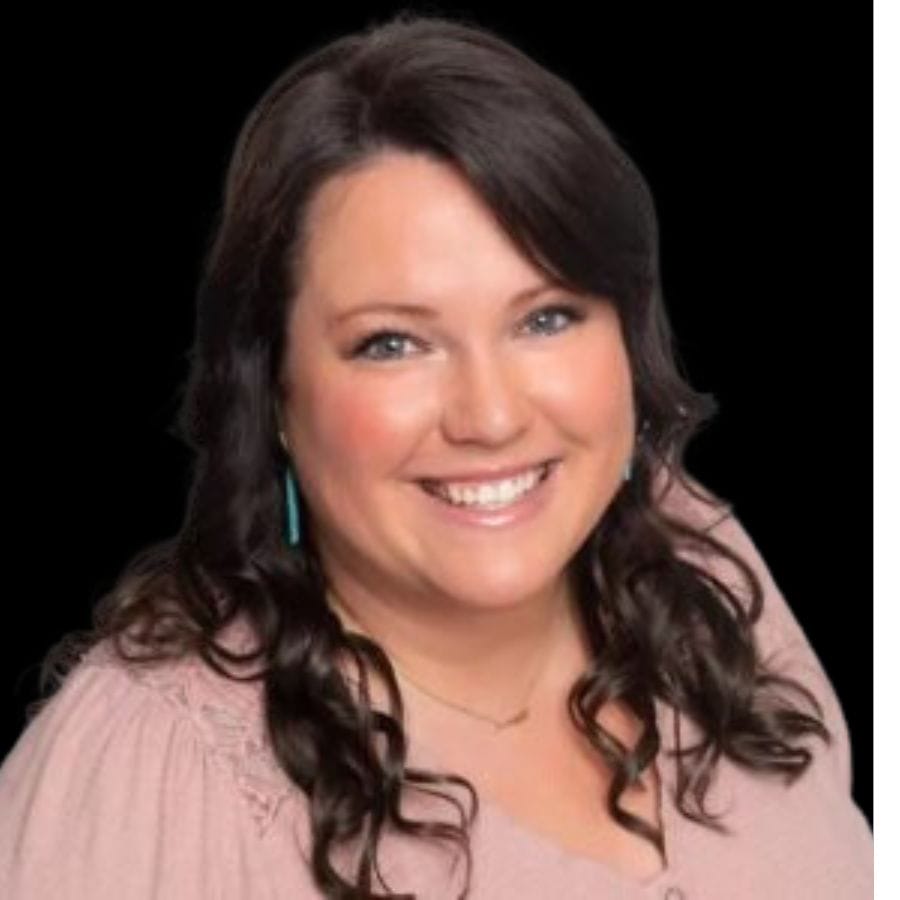A new state-funded service project aims to get diapers into the hands of impoverished parents. Advocates hope it will improve infant health and provide indirect financial aid to the state’s neediest.
The Indiana Diaper Bank, based in central Indiana, will helm the 2-year, $4 million project, which will distribute 200 diapers every other month to qualifying families.

“We know this is probably not enough. It sounds like a lot of money but diapers are not cheap,” Ashley Burns, the president and CEO of the Indiana Diaper Bank told the Indiana Capital Chronicle.
Burns reported that her small nonprofit had quadrupled the number of diapers it distributed in the last year — from 30,000 in May 2022 to 171,000 in May of 2023 — signifying the ongoing and outstanding need.
“… Our hope is that it’s the beginning,” Burns continued. “And we can really collect that data and say, (to legislators), ‘This has a big impact… (on) employment and maternal mental health. This is one thing that we can do.’
“A diaper seems like such a simple thing but it’s so meaningful for families that are struggling to provide this basic need.”
How it works
Burns warned that launching the project would take time — especially since her staff of two full-time employees (including herself) and three part-time employees would be tasked with personally distributing the toiletries, which includes wipes and other diapering needs.
Products would be dispensed in the parking lots of various Women, Infant and Children (WIC) offices, providing a direct connection to hundreds of Indiana residents whose gross monthly income is at or below 250% of the Federal Poverty Level — or $6,250 for a family of four — which is the cutoff for eligibility.
“Families have to go through so many hurdles to be able to get basic needs,” Burns said. “If they receive WIC, SNAP, TANF, (etc.) … if they’re living below (250% of) the federal poverty line, then that means that they’re (lacking) basic need and they can apply for this service,” Burns said.
Organizations such as the Indiana Diaper Bank cannot contact families already enrolled in programs like WIC because of health privacy laws. By setting up in the parking lot, Burns said, WIC can instead connect recipients with the diaper bank.
“It’s up to the WIC offices if they want to work with us or not; I can’t force anybody to allow us to use their parking lot,” Burns said. “But it’s a great resource for their families.”
How will Indiana pay for diapers?
Indiana regularly receives hundreds of millions of dollars in TANF funding, or Temporary Assistance for Needy Families, from the federal government to alleviate poverty. States have spending discretion and Indiana routinely holds back monies — such as $54.4 million earlier this year.
FSSA, in a statement, indicated that these leftover dollars would provide the $4 million in funding to the Indiana Diaper Bank.
In the 2023 legislative session, lawmakers passed the first TANF increase since 1988, noting that the expanded benefits would also be covered by previously unspent funds.
Data gathered by Burns’ team on recipients will be used to study the impact of diaper distribution on families. Before the program, overseen by the Division of Family Resources — part of the Family and Social Services Administration — the Indiana Diaper Bank only had the resources to give out 12 to 25 diapers at a time.
Burns said that amount lasted only three to four days while 200 diapers should last roughly a month. The bimonthly distribution means that families will still need to purchase their own supplies for the other month.
The goal isn’t to provide everything that a parent might need, but rather to help parents make ends meet and pay their bills while meeting their child’s basic needs, Burns said.
The health, economic and emotional impact
The National Diaper Bank Network reported in June that almost half of all families, 47%, reported needing diapers, up from the 33% reported in 2010. Of those, 35% reported cutting back on food and 19% cut back on utilities to afford diapers.
A shortage of this vital hygiene product leaves parents in a difficult bind when money is in short supply: should they buy more diapers and forgo their other financial obligations or reuse the disposable product and spend those dollars elsewhere?
But disposable diapers can lead to a myriad of health issues for an infant if they’re reused, such as severe diaper rashes or urinary tract infections which sometimes require medical intervention.
“Our hope is that families are going to start changing more often. And there’s going to be some great health things that come out of that,” Burns said.
Beyond an infant’s health, diapers also empower parents — often single mothers, who make up 84% of Burns’ clientele — to earn much-needed money.
“A diaper can mean they’re able to get employment. Because in order to get to send your child to daycare, you have to have one diaper for every two hours,” Burns said. “If you’re starting with nothing to get that job and get into daycare — (for) all of those steps you have to have money before you get the job.”
The allotment of diapers has another impact: lifting a metaphorical weight off of a parent’s shoulders, especially a mother worrying about where to find her child’s next diaper and wondering if that shortfall makes her a bad parent.
“They’re saying they’re waking up at two o’clock in the morning and they know they don’t have diapers for the next day. And they’re really questioning … if they’re worthy of being a parent,” Burns said. “If you’re up at two o’clock in the morning, worrying about all those things — are you going to be a great employee?”
When establishing the program, FSSA recognized the health and emotional impact of free diapers.
“A … supply of 200 clean diapers improves the physical health and well-being of children, making them less susceptible to diaper rash, urinary tract infections and other health issues, which can mean fewer sick baby visits to the doctor or ER,” FSSA said in a statement. “An adequate supply of diapers also improves a family’s economic outlook, allowing them to take advantage of child care programs for which they may qualify, and reducing strain, anxiety, frustration and unhappiness they may experience as a result of basic needs challenges.”
Moving forward
FSSA noted that renewing the contract with the diaper bank will depend on continued TANF funding, but Burns hopes to take the program statewide over the coming months.
“Our whole mission is to make sure that there are diapers in the communities in which people live,” Burns said. “We’re located at 30th and Keystone (in Indianapolis). If you’re living in rural Indiana, you can’t come to us for diapers and there aren’t very many resources in rural Indiana.”
Other states have explored how to expand diaper access, with Georgia taking a similar approach through TANF while Tennessee became the first state to cover diapers as a part of Medicaid earlier this year.
But Burns emphasized that the Indiana Diaper Bank will continue to rely on its network of partnerships — which is capped at 15 distribution sites, mostly in Central Indiana, due to limited resources with an additional two dozen organizations on a waiting list.
“Before this funding, I wasn’t able to look into more rural areas because I didn’t have the staffing to do it and I didn’t have the diapers,” Burns said.
Burns said a pilot would start hopefully by the end of the month in Boone County, where she lives and has built-in connections. WIC offices there already have text alerts to beneficiaries (paid for by an outside foundation), which can help spread the word about the new program.
Getting into other communities might also pull in additional donors or foundations to dedicate more resources to diaper distribution.
“We’re hoping that now that we’re going to be serving more of the state, that could open additional funding from foundations and different companies that are located in these different areas so we can serve even more,” Burns said.
This article originally appeared on Indiana Capital Chronicle.






